Miniseries Madness Countdown! Our Top 20 of These TV Classics
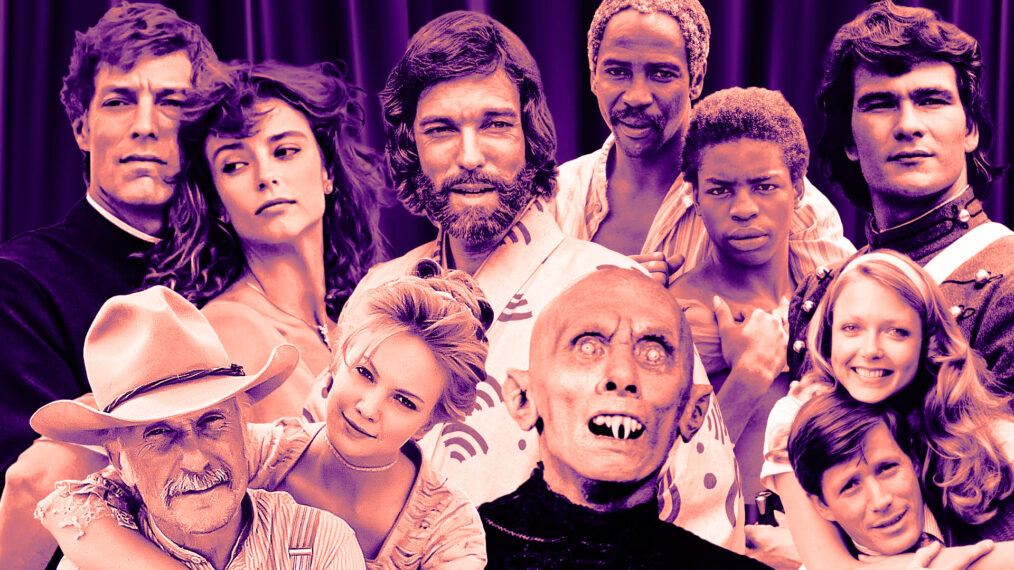
Here’s the thing about “Appointment TV”: Back in the day, you really had to be there. The phenomenon reached its peak during the glory days of the classic miniseries, those sprawling made-for-TV epics from the 1970s and ’80s that drew you back to the set night after consecutive night, defying the structures of weekly programming. The medium had never experienced storytelling with such scope, often aggressively programmed during the so-called “sweeps months” to spike viewership. Glamorous casts with marquee stars, history writ large in big-budget productions.
20Pearl
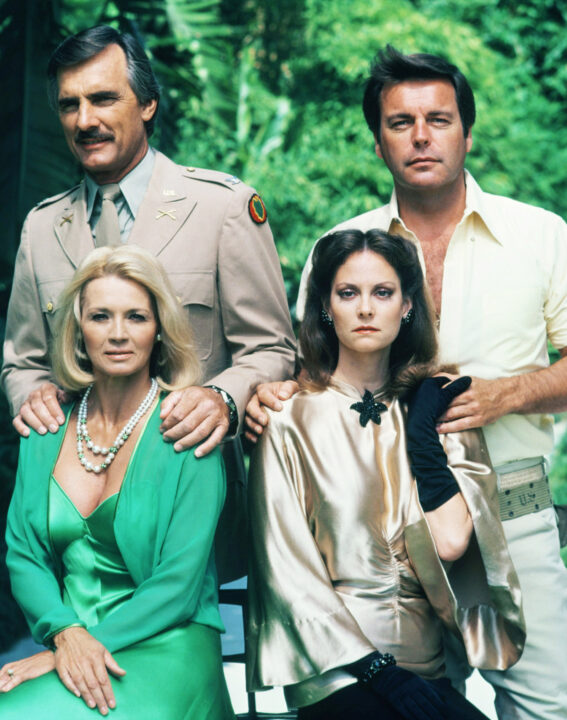
Everett Collection
“Relive the final days of Pearl Harbor,” ABC’s promo for this three-night 1978 event starring Angie Dickinson, Dennis Weaver, Robert Wagner and Lesley Ann Warren promised. With action scenes lifted directly from the 1970 war film Tora! Tora! Tora!, Oscar-winning screenwriter Stirling Silliphant’s Pearl had a true cinematic feel as the intimate personal drama played out before, during and after the 1941 bombing, including the star-crossed love of a first-generation Japanese American reporter (Tiana Alexandra) and a Navy lieutenant (Gregg Henry). An estimated 80 million people tuned in for the stirring story.
19The Langoliers
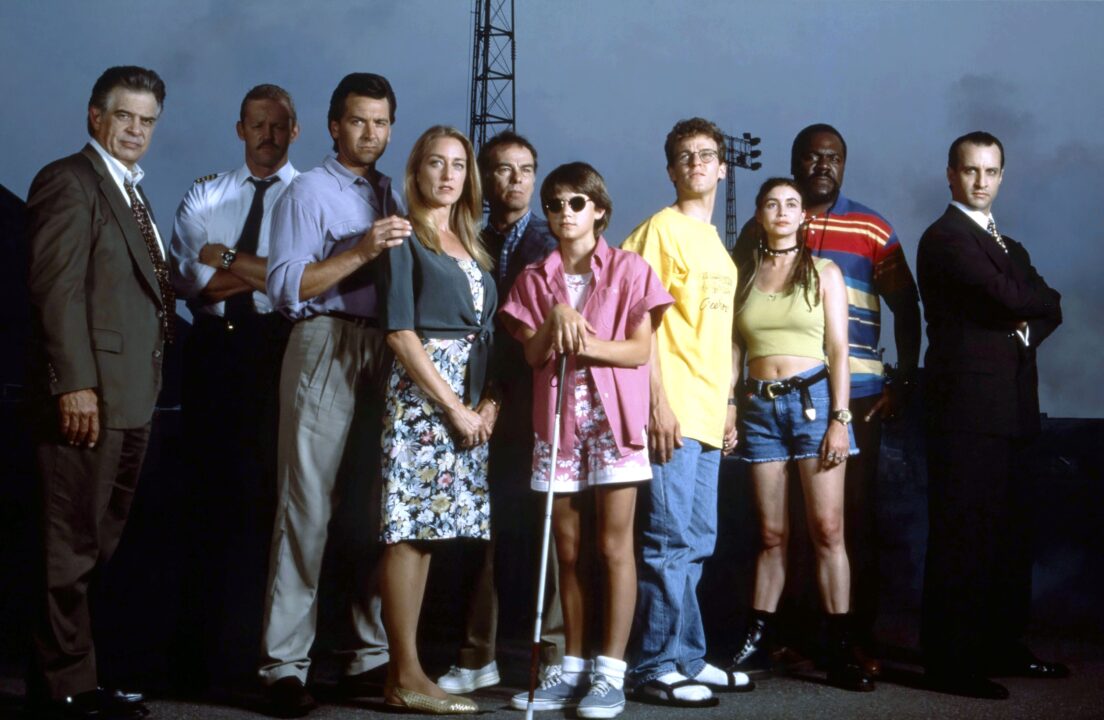
Aaron Rapoport/ABC/courtesy Everett Collection
Stephen King adaptations into miniseries were all the rage in the 1990s! Between The Stand, Storm of the Century, The Tommyknockers, It and The Shining, not to mention the long list of TV and feature films that were also adapted from his stories, you could hardly get away from King’s domination of the horror genre during this decade. The Langoliers was not as popular as some of the others, but it was probably the oddest. Based on a novella, the story follows 10 passengers who wake up on a flight from Los Angeles to Boston to find everyone else has vanished, including most of the crew other than the pilot (convenient!). After landing the plane, they also don’t find anyone left at the airport or in its vicinity, and a mysterious creature begins hunting them down. Somehow, they end up finding their way back to reality, but only after several survivors have died, including a blind girl.
18From Here to Eternity
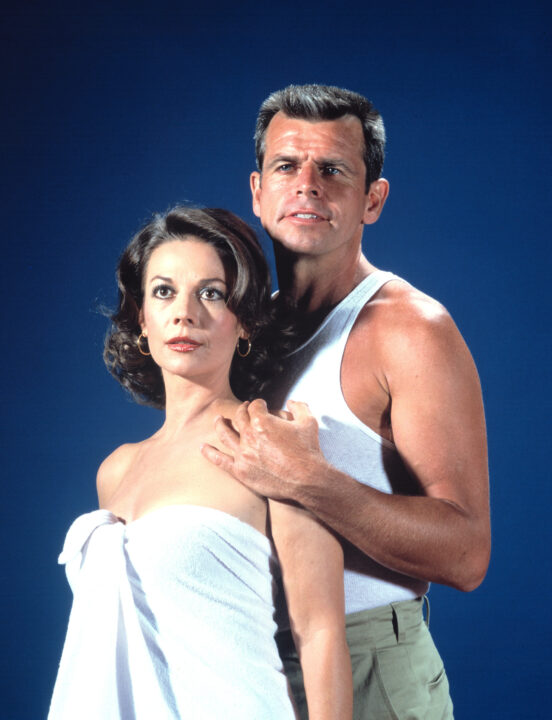
Columbia Pictures Television/courtesy Everett Collection
An “extravaganza of lust” is how one critic referred to NBC’s six-hour adaptation of James Jones’ Pearl Harbor novel in 1979, with Natalie Wood and William Devane in the steamy, adulterous roles made famous by Deborah Kerr and Burt Lancaster in the Oscar-winning 1953 film. Steve Railsback earned rave reviews as the ill-fated Pvt. Prewitt, who’s punished for not boxing on his unit’s team (and takes refuge with a prostitute, played by newcomer Kim Basinger). Other memorable turns come from Joe Pantoliano as the hapless, tragic Pvt. Maggio and Peter Boyle as the sadistic Sgt. Fatso Judson. A spinoff From Here to Eternity series ran for one season in 1980.
17V
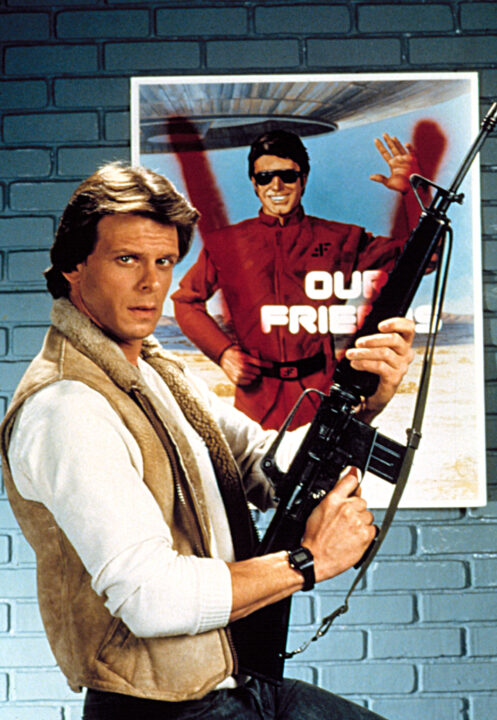
Warner Bros./courtesy Everett Collection
One of the most talked-about miniseries of its time, NBC’s two-part sci-fi drama told the story of an extraterrestrial species, the Visitors, who arrive on Earth seeking our help. The Visitors outward humanoid appearance and peaceful intentions are soon discovered to be masking their real reptilian forms and their plans to enslave humankind and strip our planet’s resources. Australian actress Jane Badler played Diana, one of the Visitors’ leaders who conducted bizarre experiments on people and had a taste for guinea pigs. Marc Singer played Mike Donovan, a TV news cameraman who joins the resistance to expose the truth about the Vistors.
16Kennedy
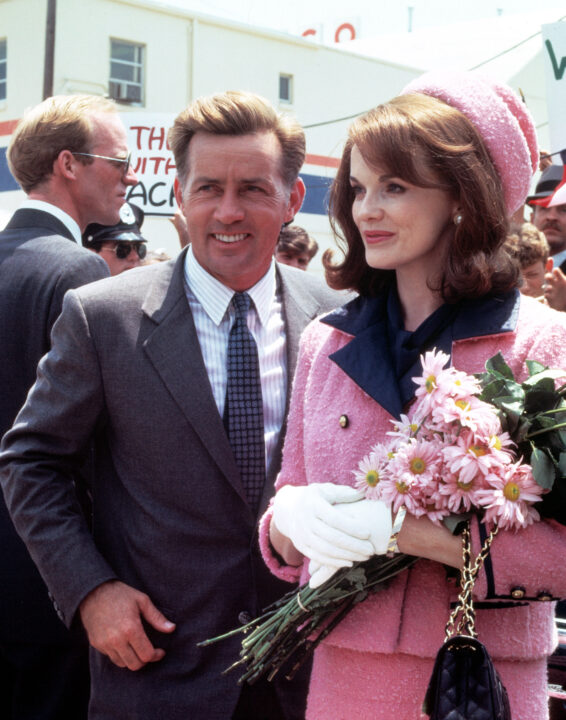
NBC/ Courtesy: Everett Collection
Miniseries (and films) depicting the unlucky political family were all the rage in the 1980s and 1990s. One of many biographical dramas about the Kennedys was this 1983 portrayal starring Martin Sheen as John F. Kennedy, Blair Brown as Jackie, John Shea as Robert F. Kennedy, Kevin Conroy as Ted Kennedy and Geraldine Fitzgerald as Rose Kennedy. The seven-episode series centered around many historical events, like the Bay of Pigs and the Cuban missile crisis, as well as the private lives of the Kennedys.
15North and South (Nov. 3-10, 1985)
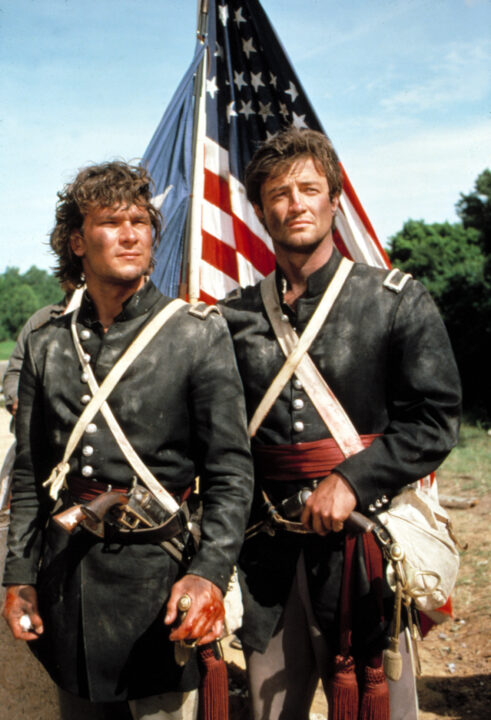
Everett Collection
Hey look, it’s Elizabeth Taylor running an antebellum bordello! Stunt casting was just one of the camp elements of the Civil War-era potboiler adapted from John Jakes’ trilogy (followed by Parts 2 and 3, subtitled Love and War and Heaven and Hell). Reminding us that TV would be a poorer place without its unabashed guilty pleasures, North and South was constructed around the fractured friendship of Southerner Orry Main (heartthrob Patrick Swayze) and Northerner George Hazard (James Read), who end up on opposite sides of the Civil War. Hal Holbrook was Lincoln, Johnny Cash was abolitionist John Brown, and Terri Garber gave it her soap-opera-villainess all as mean-girl belle Ashton. Critics declared this a fiddle-dee-don’t, but audiences absolutely lapped it up.
14QB VII (April 29-30, 1974)
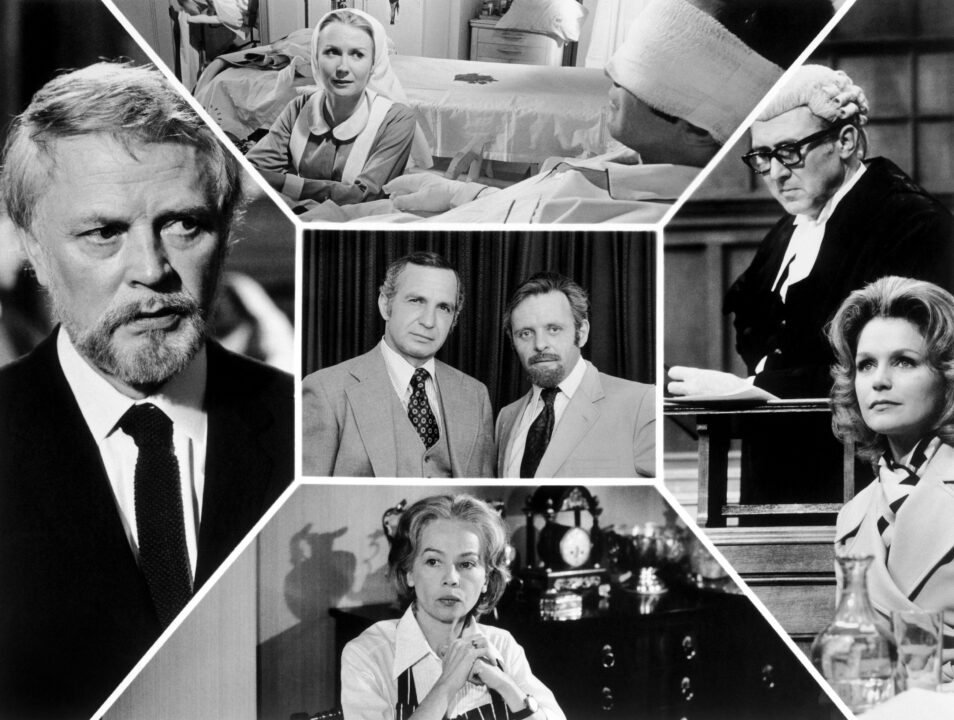
Everett Collection
A pioneer of the miniseries genre, the two-night (at six and a half hours) courtroom drama set the template for the trend that would follow. It was based on a popular novel (by Leon Uris, author of Exodus), dealt with provocative subject matter — a libel trial involving a doctor who allegedly sterilized Jewish prisoners during the Holocaust — and featured a gallery of high-profile stars, including Ben Gazzara and Anthony Hopkins as the defendant and plaintiff, with Lee Remick and Leslie Caron as their love interests. QB VII took home six Emmys, including for actors Juliet Mills and Anthony Quayle in supporting roles.
13Salem’s Lot (Nov. 17-24, 1979)
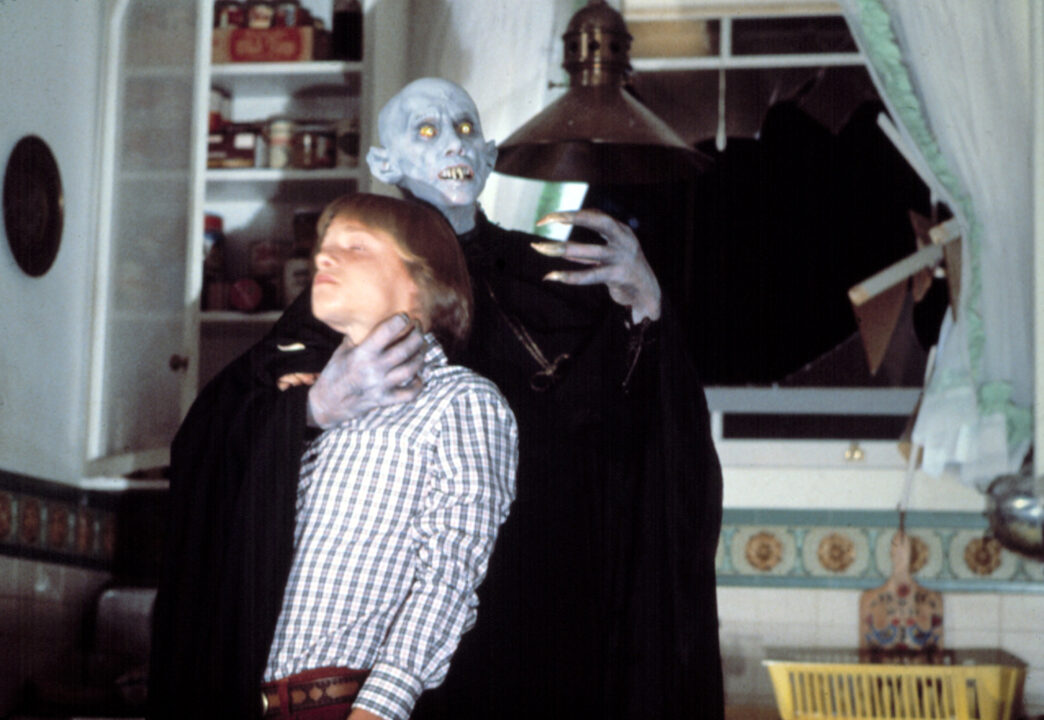
Warner Bros./Courtesy: Everett Collection
The scene that continues to haunt any Stephen King fan’s nightmares is simple, silent — and terrifying. A pale pajama-clad boy, face locked in a sinister grimace, hovers outside the upstairs bedroom window of his big brother, scratching at the pane until his unwitting sibling opens the window to let the undead boy in. The first of King’s novels to be adapted for TV is still the scariest vampire story to ever appear on the small screen. Remade in 2004 and spoofed by The Simpsons in 1993, this is the version to watch.
12Eleanor and Franklin (Jan. 11-12, 1976)
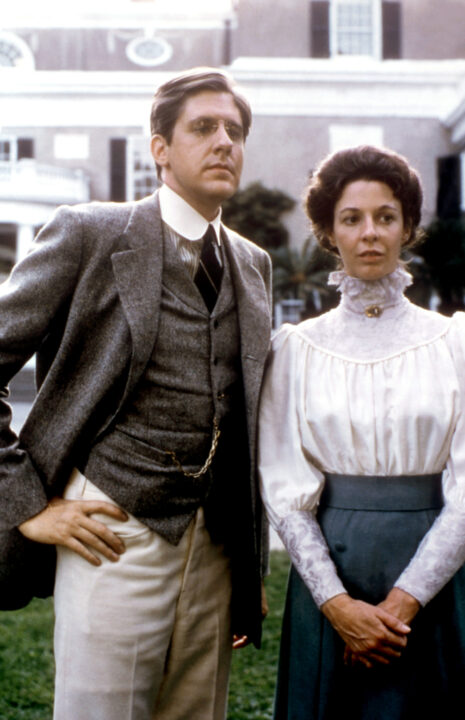
Everett Collection
The late Edward Herrmann will forever be associated with the legacy of our longest-serving president, mostly due to his indelible portrayal of the patrician politician Franklin Delano Roosevelt in this two-part biographical drama, costarring Jane Alexander as his outspoken and devoted wife Eleanor. The Emmy-winning film and its 1977 sequel, Eleanor and Franklin: The White House Years, unfold as a series of flashbacks from Eleanor’s perspective, detailing their personal and political challenges. Herrmann would play FDR again in the 1982 movie version of the musical Annie and provide his voice for Ken Burns’ masterful 2014 documentary The Roosevelts: An Intimate History.
11Jesus of Nazareth (April 3-10, 1977)
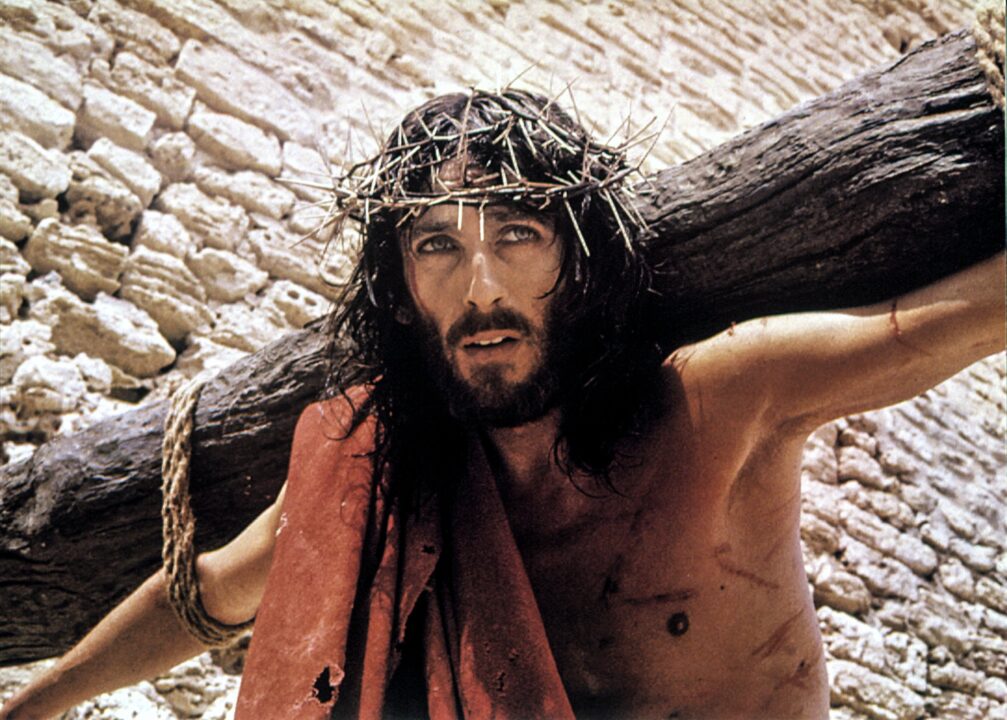
Everett Collection
The Bible and its historical era have provided fodder for many a period miniseries from the Old and New Testaments, with director Franco Zeffirelli’s reverent treatment of the life of Jesus (the intensely blue-eyed Robert Powell) achieving instant icon status, attracting an estimated 90 million U.S. viewers when the second half aired on Easter Sunday. The international cast included Zeffirelli’s former Juliet, Olivia Hussey, as Mary, with Anne Bancroft as Mary Magdalene, Deadwood’s Ian McShane as Judas, Rod Steiger as Pontius Pilate, Peter Ustinov as Herod and Michael York as John the Baptist.
10The Jewel in the Crown (Dec. 16, 1984-March 17, 1985)
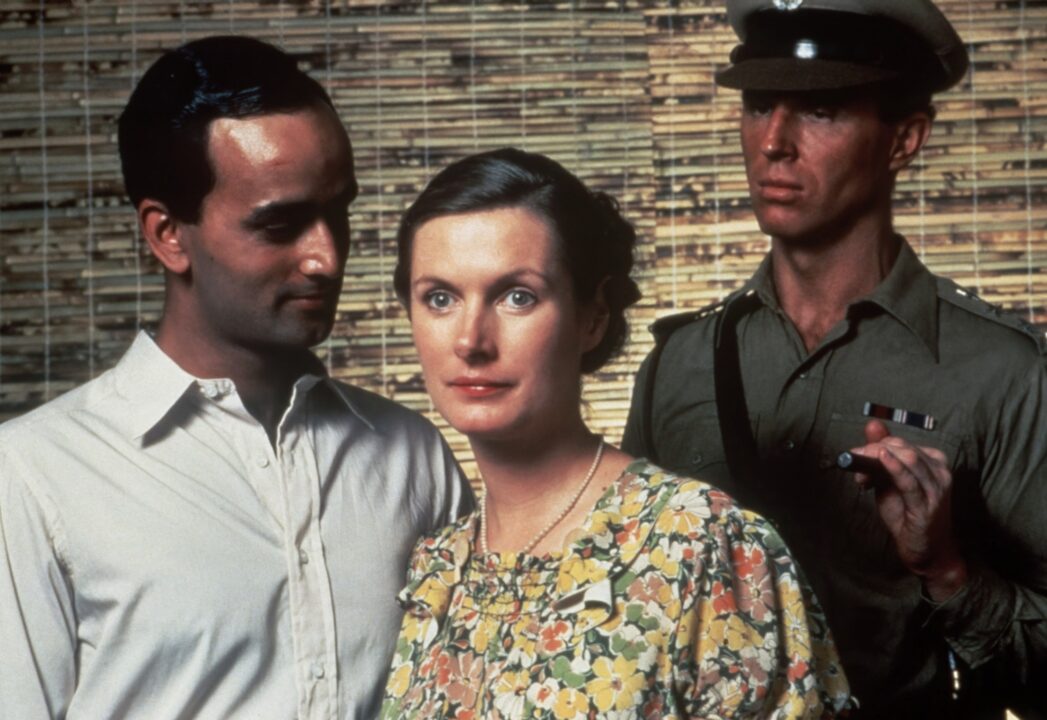
Granada Television/courtesy Everett Collection
PBS and Masterpiece Theatre anticipated the miniseries craze with multipart British imports in the late 1960s and early ’70s including The Forsyte Saga, The Six Wives of Henry VIII and Elizabeth R. But the anthology’s greatest masterpiece, yet to be equaled, is the absorbing 14-chapter gem adapted from Paul Scott’s The Raj Quartet, depicting the last years of British occupation in India and the social turmoil of the nation’s independence movement, with conflicts between Hindus and Muslims. The catalyst for the drama is the rape of an Englishwoman in the Bibighar Gardens, a metaphor for the cultural tensions in this fascinating land. Peggy Ashcroft led the incomparable ensemble cast.
9Centennial (Oct. 1, 1978-Feb. 4, 1979)
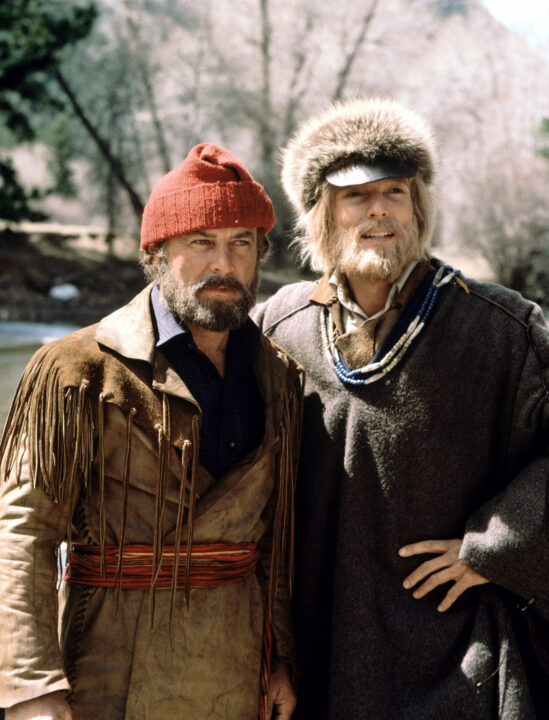
Universal Television/Courtesy: Everett Collection
James A. Michener’s gigantic historical sagas were made for the miniseries format, none more successfully than his epic of the American West, covering two centuries of Colorado lore over 24 hours, airing in 12 installments. Everyone who was anyone was involved, including the ubiquitous Richard Chamberlain as Scottish trader Alexander McKeag, who with French trapper Pasquinel (Robert Conrad) was among the first white settlers. The large cast of familiar TV faces included Gregory Harrison as the Mennonite Levi Zendt, Alex Karras as a German immigrant farmer and Timothy Dalton as a British cattleman. Yellowstone fans would certainly enjoy seeing the modern-day storyline, with former Fugitive David Janssen as a rancher doing battle with an unscrupulous developer (Robert Vaughn).
8East of Eden (Feb. 8-11, 1981)
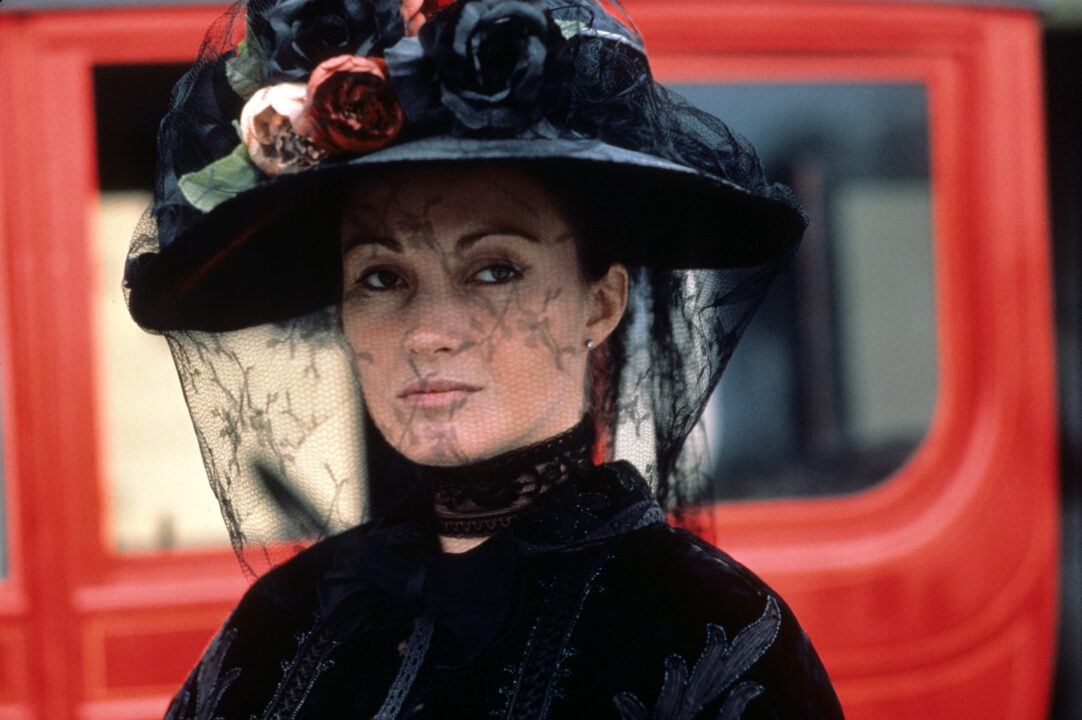
Viacom/Courtesy: Everett Collection
Never to be confused with the 1955 film version starring James Dean, this melodramatic eight-hour twist on John Steinbeck’s Cain-and-Abel allegory is best remembered as the lurid launching pad for former Bond girl Jane Seymour’s career. As the murderous seductress Cathy Ames, Seymour earned a Golden Globe and delicious notoriety for bedding two polar-opposite brothers (Timothy Bottoms and Bruce Boxleitner) and creating conflict for twin brothers (Sam Bottoms, Hart Bochner) of the next generation. Cathy was a precursor to ’80s soap-opera vixens including Dynasty’s Alexis.
7Shōgun (Sept. 15-19, 1980)
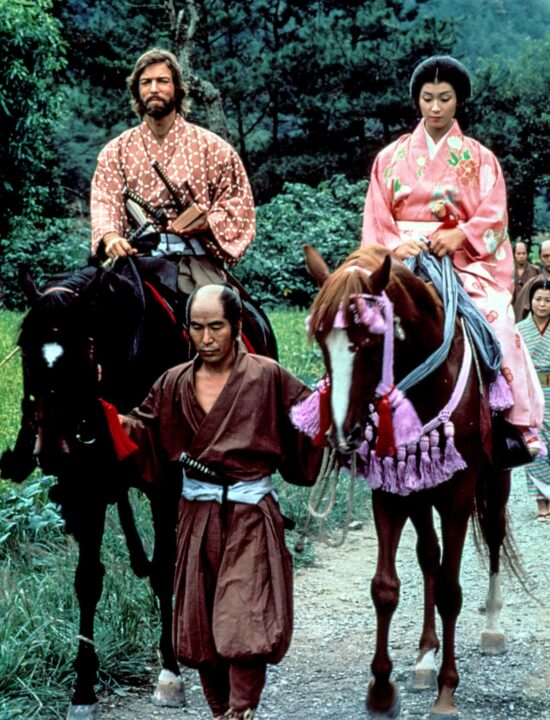
NBC/Everett Collection
Exotic and entrancing, the 12-hour Shōgun (from James Clavell’s bestseller) made history as the first American TV series to be filmed entirely in Japan, with most of the native cast speaking Japanese, often without subtitles. All the better to depict the disorientation of shipwrecked English navigator John Blackthorne (Richard Chamberlain at his most heroic), who adapts to the 17th century alien culture with the help of a lovely interpreter (Yôko Shimada) and becomes a trusted ally of the embattled Lord Toranaga (Toshirô Mifune). A remake premiered on FX in February.
6Holocaust (April 16-19, 1978)
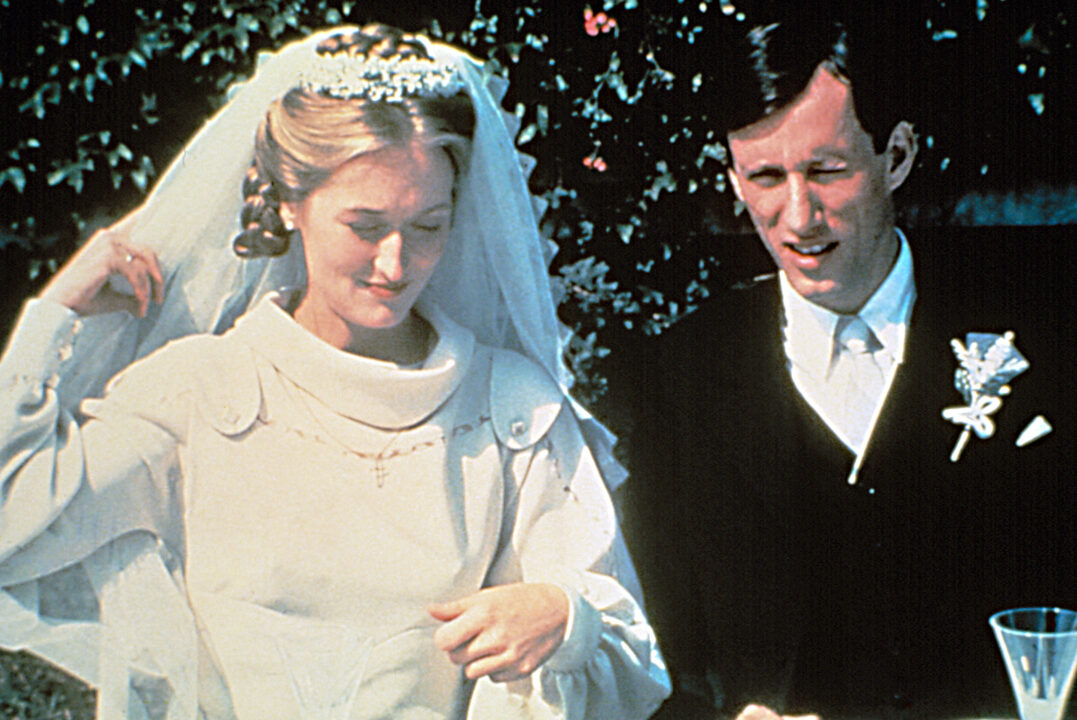
NBC/Courtesy: Everett Collection.
A more concentrated — and groundbreaking in its time — World War II drama put a human face on the Nazi extermination of Jews through the harrowing story of the Weiss family from Berlin: Dr. Josef (Fritz Weaver), wife Berta (Rosemary Harris) and their offspring: Karl (James Woods), Rudi (Joseph Bottoms) and Anna (Blanche Baker). Law & Order’s Michael Moriarty was a Nazi SS officer complicit in the atrocities, and a pre-stardom Meryl Streep played Karl’s Christian wife, one of the few survivors. Though some criticized the series for commercializing the tragedy, Holocaust won the Emmy for Outstanding Limited Series, and with an audience of 120 million Americans watching some or all, it is credited for bringing the term “Holocaust” into the vernacular.
5The Winds of War and War and Remembrance (Feb. 6-13, 1983; Nov. 13-23, 1988-May 7-14, 1989)
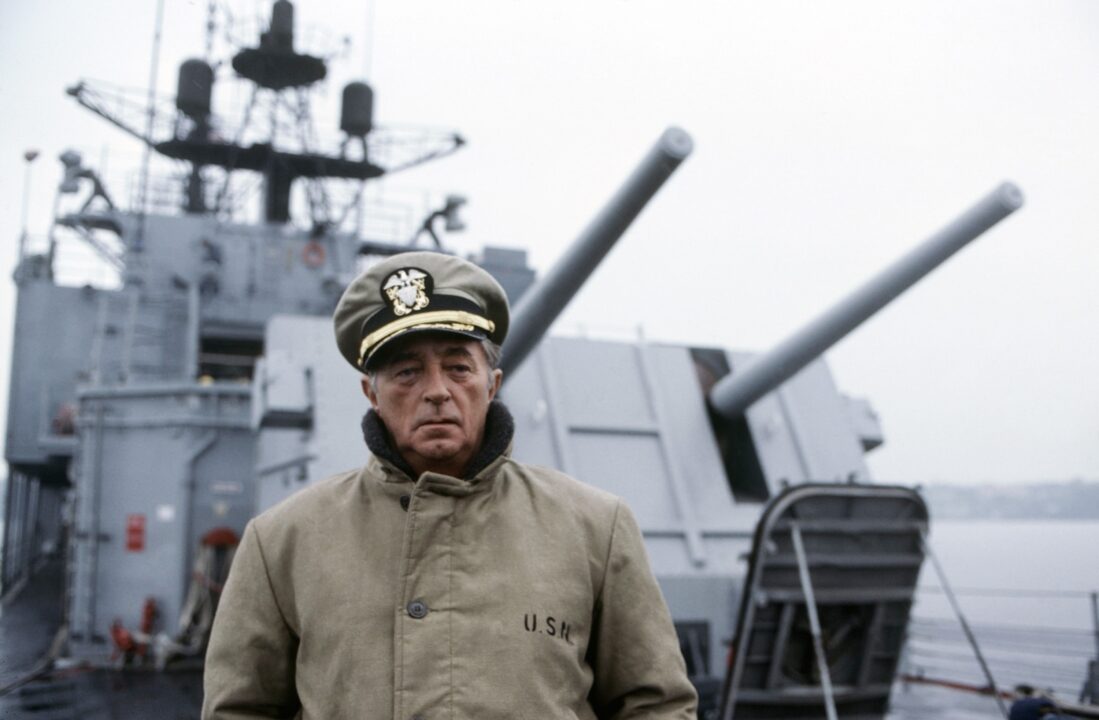
ABC/Courtesy: Everett Collection
It doesn’t get much more epic than this double whammy of a historical drama, bringing Herman Wouk’s doorstop World War II novels to TV. Airing over a combined 48 hours — 18 for Winds, 30 for Remembrance, which was scheduled in two halves separated by six months — this ambitious project from Dark Shadows creator Dan Curtis followed the family of naval officer Victor “Pug” Henry (Robert Mitchum) from the build-up to World War II through the conflict, including depictions of the Holocaust (with filming in Auschwitz) and the bombing of Hiroshima. The mammoth budget (a then-record $105 million) and colossal running time of Remembrance produced disappointing results, often credited with hastening the end of the truly long-form miniseries.
4Rich Man, Poor Man (Feb. 1-March 15, 1976)
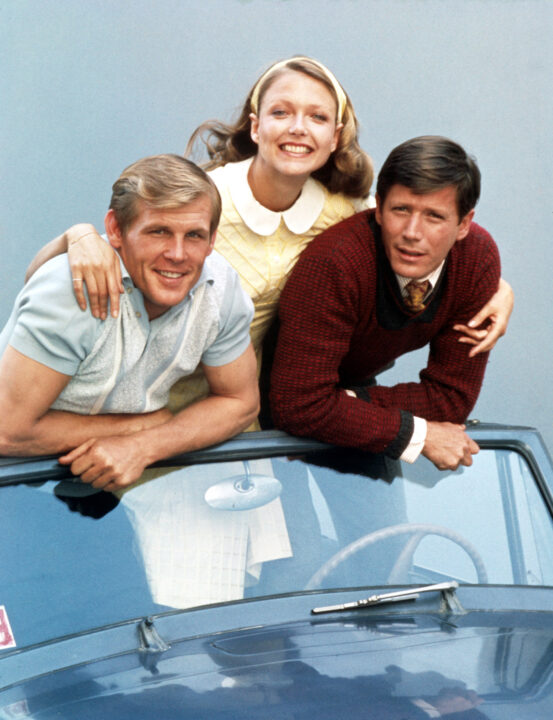
Everette Collection
Popularizing the “novel for television” concept, airing its 12 compelling chapters in weekly installments rather than over a single week, Rich Man, Poor ManRich Man, Poor Man (based on Irwin Shaw’s novel) was a soapy sensation, catapulting Nick Nolte into stardom as black-sheep brother Tom Jordache, an underdog blue-collar boxer whose life is a marked contrast to that of “rich man” brother Rudy (Peter Strauss, a miniseries regular), who climbs the corporate ranks as a successful entrepreneur, eventually entering the political arena. Nolte, Strauss and Susan Blakely (she played Rudy’s lifelong gal, Julie Prescott) were all nominated for an Emmy. William Smith had a breakout performance as the family’s dangerous nemesis, Falconetti, and Ed Asner walked away with an Emmy for his role as the brothers’ father. A Book II followed, but it wasn’t the same without Nolte.
3The Thorn Birds (March 27-30, 1983)
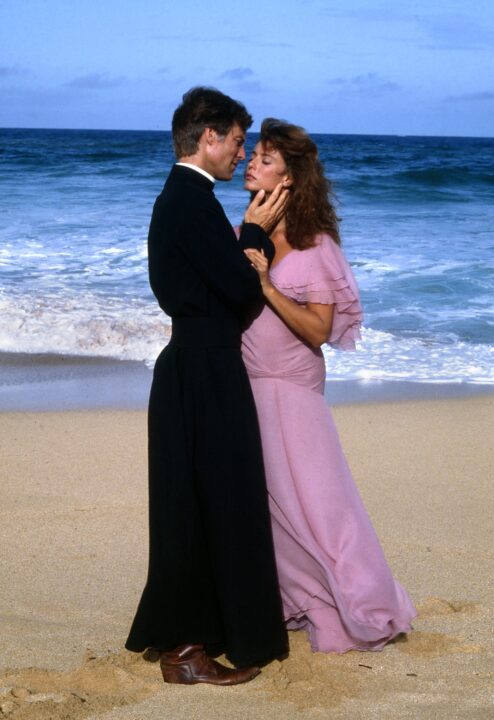
Dennis Piel/Warner Bros. Television/Courtesy Everett Collection
Second only to Roots among miniseries in overall audience ratings, the four-part romance based on Colleen McCullough’s bestseller confirmed Richard Chamberlain’s claim as King of the Miniseries. He was in his element as ambitious and oh-so-handsome priest Ralph de Bricassart, forever hot under the collar for headstrong Australian lass Meggie Cleary (Rachel Ward) as he rises through the church ranks, thanks to a bequest from Meggie’s lustful aunt Mary (Emmy winner Barbara Stanwyck). The third episode, with viewers avidly witnessing Father Ralph and Meggie succumbing to their passion on a remote island, understandably drew the largest audience. The United States Catholic Conference was not amused that this steamy series aired during Holy Week.
2Lonesome Dove (Feb. 5-8, 1989)
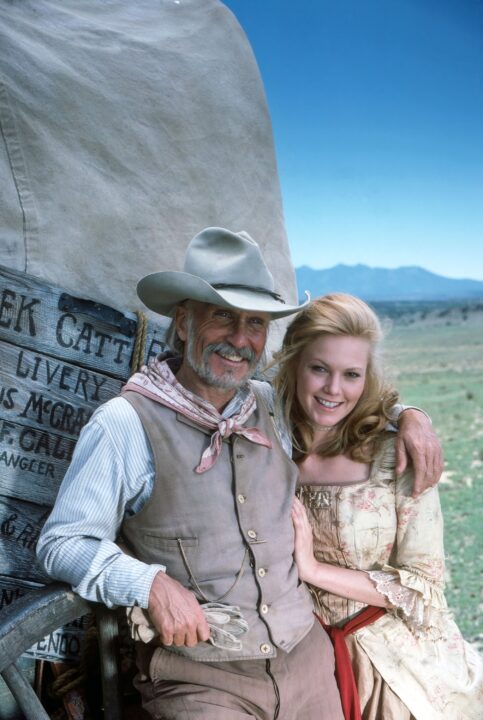
Robb Kendrick/TV Guide/CBS/courtesy Everett Collection
By the late 1980s, the TV Western was considered dead. But over four enthralling nights, a robust adaptation of Larry McMurtry’s Pulitzer Prize-winning novel reminded viewers of the genre’s enduring appeal. Centered around an eventful and often tragic cattle drive from the dusty title Texas town to the plains of Montana, Lonesome Dove is blessed by the chemistry of Robert Duvall (the irrepressible Gus McCrae) and Tommy Lee Jones (taciturn Woodrow F. Call) as former Texas Rangers seeking, and finding, late-in-life excitement. Their entourage included Danny Glover as their former scout; Ricky Schroder as young Newt, Call’s unacknowledged bastard son; and Diane Lane as a winsome prostitute. The moving finale is famous for making grown men weep. Less famous are the sequels and prequels that followed, including a weekly series in 1994-96.
1Roots (Jan. 23-30, 1977)
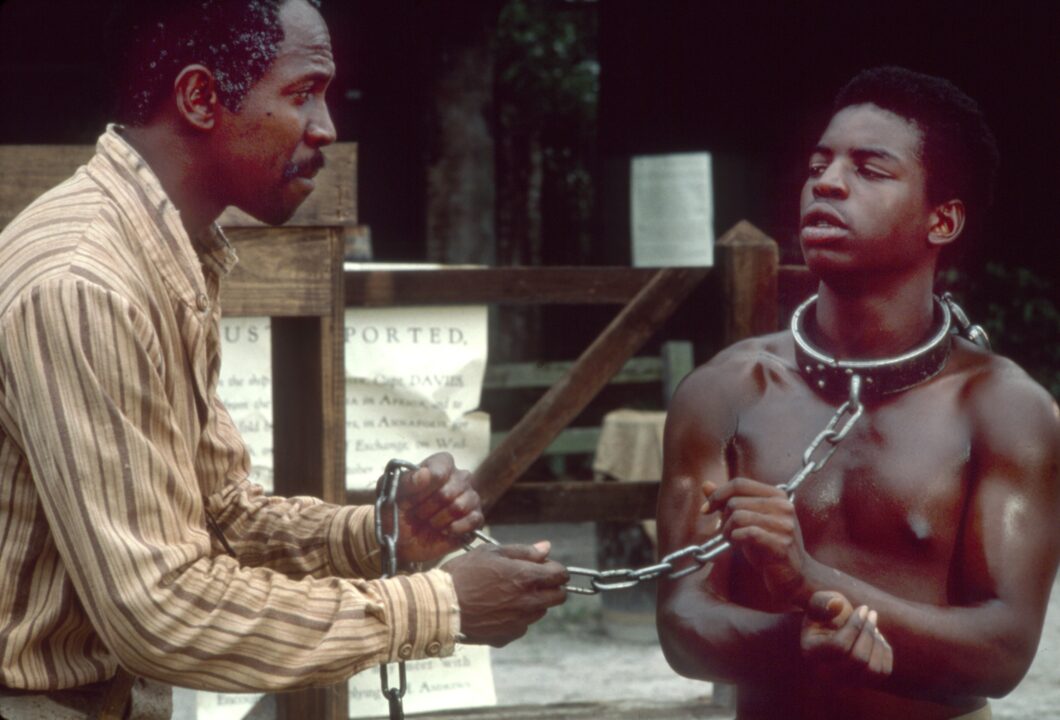
Warner Bros Television/Courtesy Everett Collection
There was plenty of irony in ABC scheduling this groundbreaking series over eight consecutive nights (right before the February sweeps) because network execs were worried audiences would reject a grueling saga about the cruelties of slavery, based on Alex Haley’s acclaimed novel. Of course, the opposite ensued, and a new trend was born after America was riveted to the multigenerational tale of Kunta Kinte (LeVar Burton as a youth, John Amos as an adult), who was kidnapped from Africa into slavery and who never stopped yearning for freedom. With career-establishing roles for Louis Gossett Jr. (as Fiddler), Ben Vereen (Chicken George) and Georg Stanford Brown (Tom Harvey), Roots was also notable for casting popular white TV stars including Ed “Lou Grant” Asner, Lorne “Ben Cartwright” Greene and Robert “Mike Brady” Reed as slave traders and owners. Roots broke ratings records of the time, averaging 80 million viewers during the week’s run, and it inevitably spawned sequels, including 1979’s Roots: The Next Generations with James Earl Jones as Haley, who travels to Africa to connect to his, what else, roots. A remake was filmed in 2016, but nothing could match the impact of the original.
Here’s how you voted:
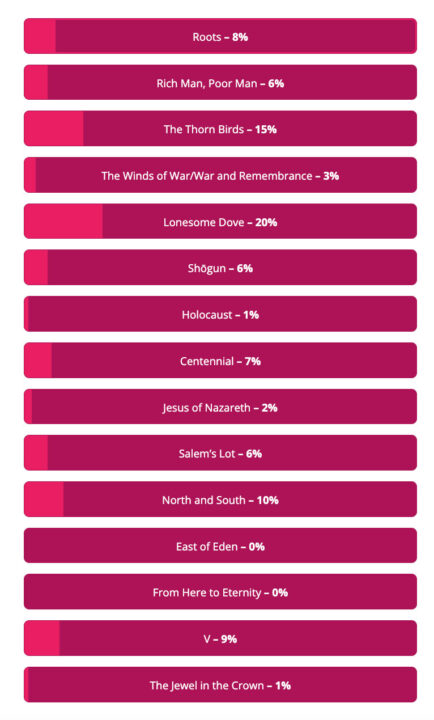
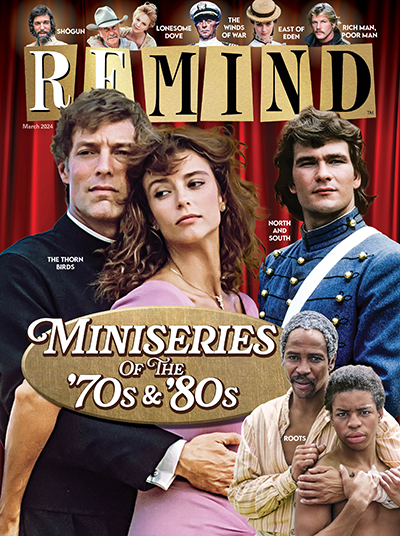
Miniseries of the 1970s & 1980s
March 2024
The 1970s and 1980s were the glory days of the TV miniseries. In this issue we ranked the most significant and beloved miniseries of those decades.
Buy This Issue